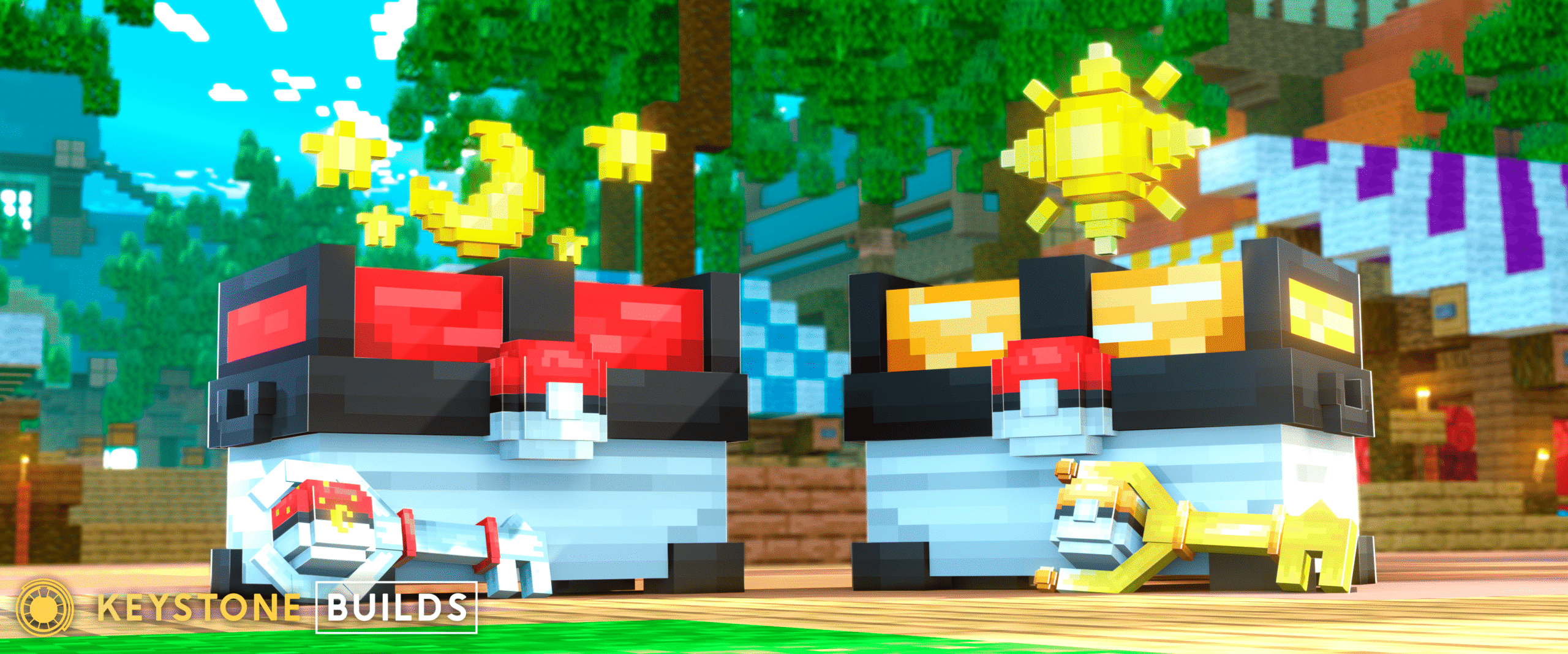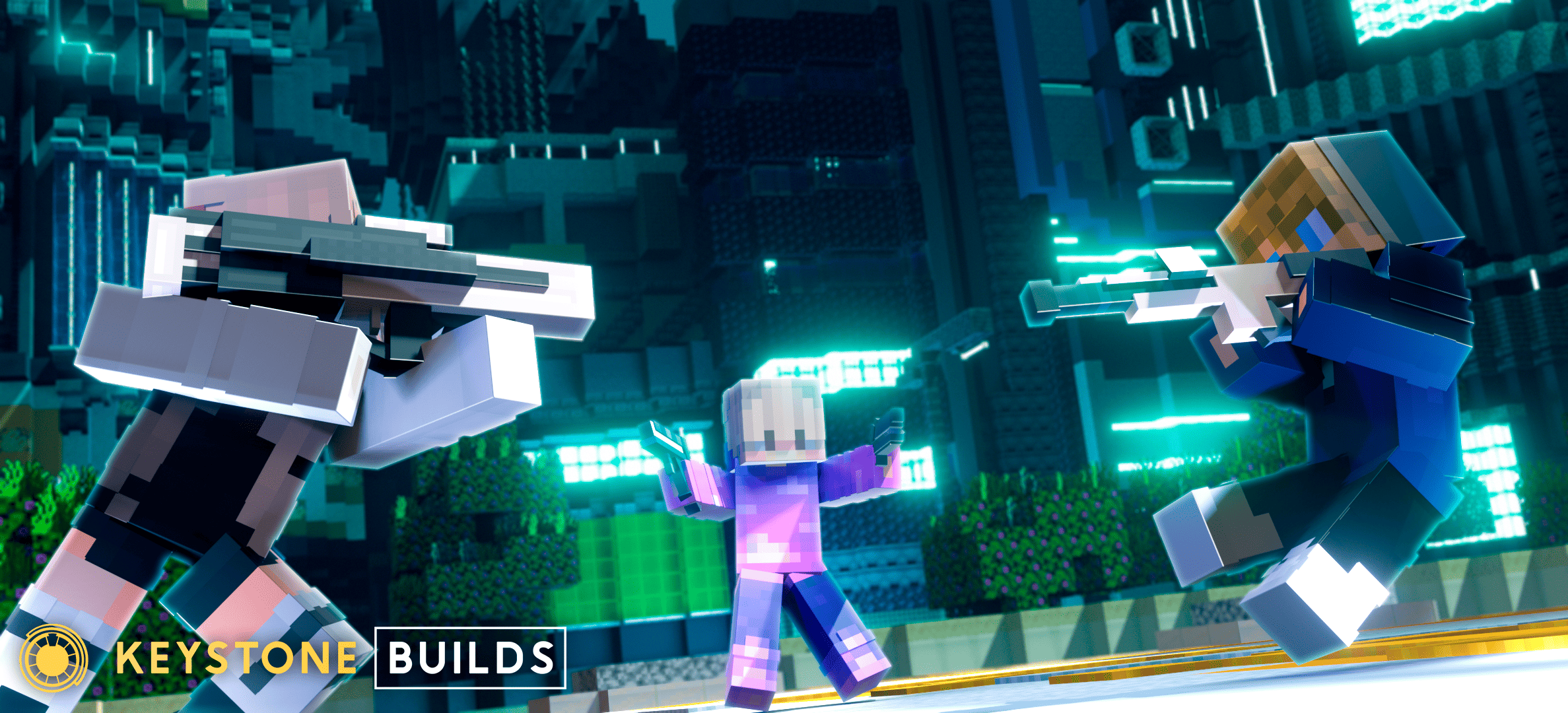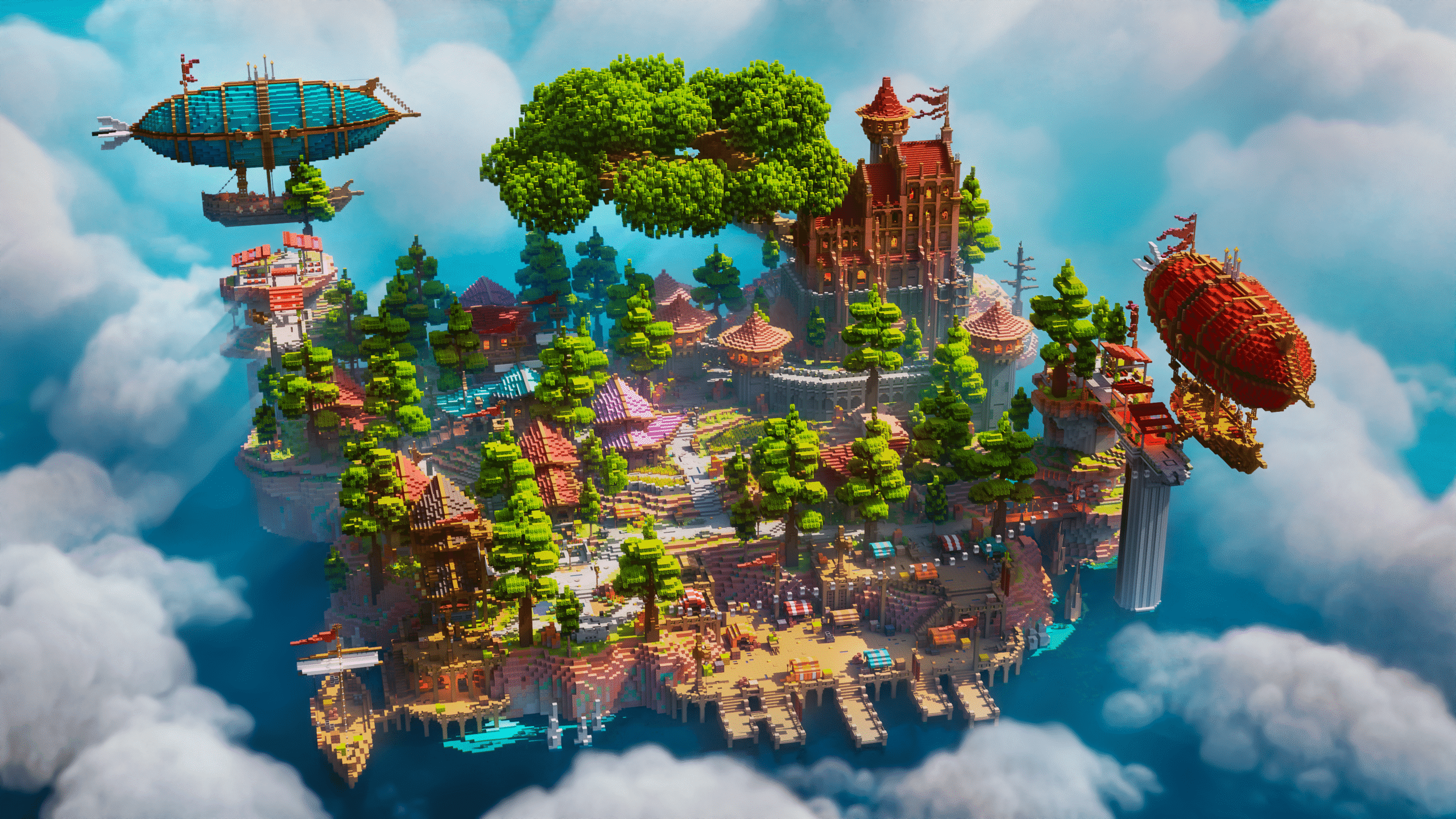Great Minecraft servers don’t just look good—they play well. And that starts with one often-overlooked factor: design.
How you structure your world directly shapes how players explore, interact, and stick around. From the first step off the spawn platform to the final PvP duel or build competition, your layout either guides players into a great experience or lets them wander off into boredom.
This post explores how intentional server design keeps players engaged, organized, and coming back for more.
Spawn Design = First Impression
Your spawn is your handshake. It’s the first thing new players see, and it silently tells them: “Here’s what this world is all about.”
1. Orientation Matters
A confusing spawn leads to instant frustration. Players should land in a space that tells them where to go and what to do without needing a wall of signs.
Use:
- Clear sightlines to major paths
- Distinct buildings or gates for gamemodes
- Simple navigation markers like carpets, lighting, or signage
2. Space Must Feel Navigable
Too open? Feels empty. Too cramped? Feels chaotic. Find the balance.
- Use elevation to guide player attention (stairs, towers, balconies)
- Define walkways and natural lanes
- Cluster features in logical groupings (e.g. shop stalls together)
3. Visual Storytelling Cues
Give your spawn a story. Use statues, thematic decorations, and environmental clues to create emotional tone:
- A giant tree center = life and nature
- Broken ruins = mystery and adventure
- Lantern-lit plaza = comfort and calm
The more a spawn tells a story, the more players feel immersed from second one.
Layout Flow Keeps Players Engaged
Once they leave spawn, the layout of your server needs to support engagement without confusion.
1. Easy Access to Gamemodes
- Don’t make players walk forever to join a minigame
- Use portals, NPCs, or warp signs in visible spots
- Highlight featured gamemodes with builds or banners
2. Natural Paths to Features
Let your world lead players to:
- Leaderboards
- Crate areas
- Parkour challenges
- Shops or staff boards
Use:
- Roads or paths with visual markers
- Environmental variation (trees, bridges, tunnels) to guide flow
3. Avoid Clutter or Emptiness
Dead zones and info overload kill curiosity. Instead:
- Fill space with relevant, interactive builds
- Leave room for exploration with purpose, not just empty scale
A well-designed map doesn’t feel like a maze—it feels like an invitation.
Visual Anchors That Create Familiarity
Players return when the world feels knowable and navigable. Landmarks and smart structure create that sense of comfort.
1. Landmarks
Big statues, colored banners, fountains—any repeated visual cue becomes a landmark. Players use these to orient themselves quickly.
2. Return Paths
Players need to know how to:
- Get back to spawn
- Rejoin friends
- Exit events or hubs
Create return points, warp signs, or even visible roads back to spawn to reduce friction.
3. Predictable Zones
Cluster areas by purpose:
- PvP in one direction
- Shops in another
- Events or quests in a third
Once players get the layout, they move with confidence—and that keeps them engaged.
Use Maps Built to Keep Players Playing
The best way to increase retention? Start with a map designed for it.
Keystone Builds offers pre-built maps that prioritize:
- Player flow
- Aesthetic clarity
- Feature accessibility
From stunning spawns to engaging lobbies and event hubs, each map is:
- Performance-optimized
- Intuitively designed
- Ready to customize
Don’t just build something beautiful—build something players want to come back to.








